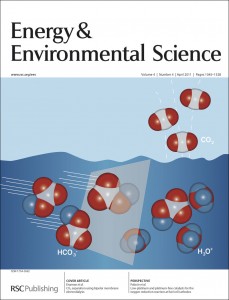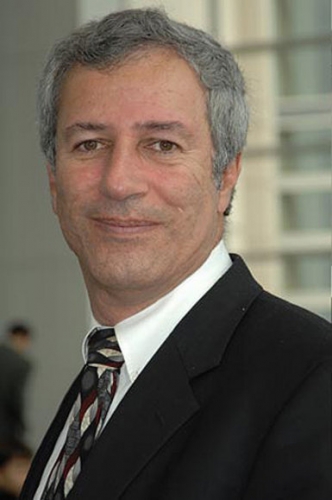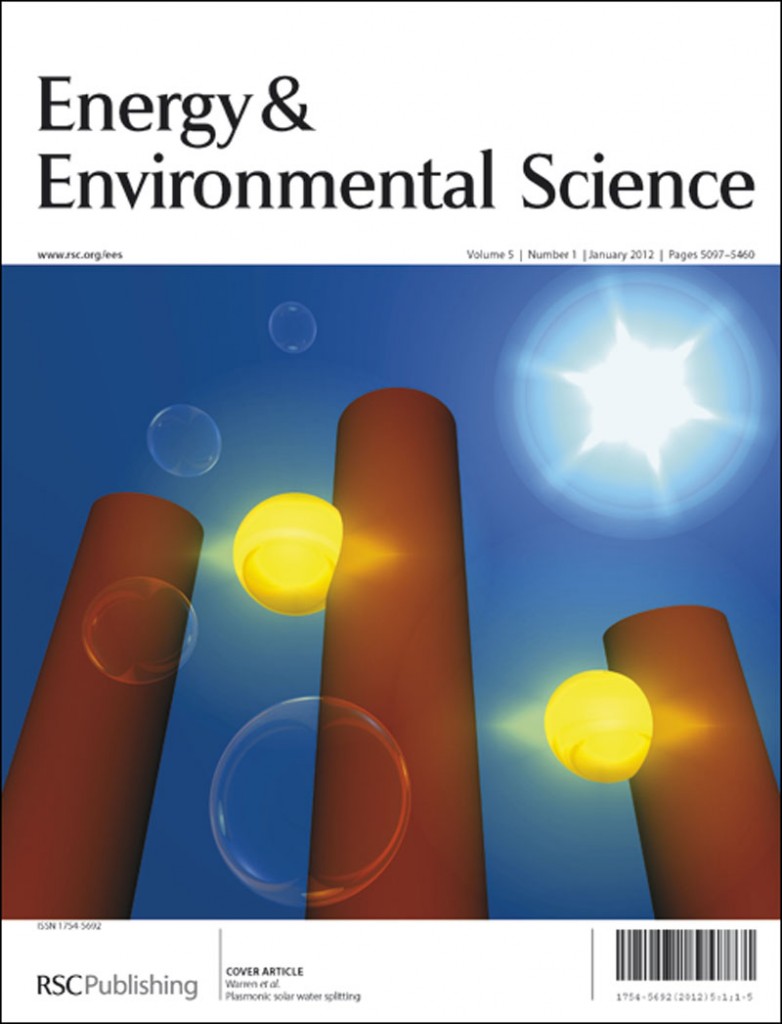 (Photo)electrocatalysis is an important and fast moving area of research, with important applications in fuel cell technology. We have selected some of the high quality reviews and exciting original research articles that have recently published across this field in Energy & Environmental Science.
(Photo)electrocatalysis is an important and fast moving area of research, with important applications in fuel cell technology. We have selected some of the high quality reviews and exciting original research articles that have recently published across this field in Energy & Environmental Science.
On behalf of Editor-in-Chief Nate Lewis (Caltech) and Editorial Board member Ib Chorkendorff (Technical University of Denmark), we invite you to submit your best research to Energy & Environmental Science.
With an Impact Factor of 9.49 and ranked #1 in its field, Energy & Environmental Science is the ideal place to publish your research.
Read this high-impact electrocatalysis research today:
Reviews
Molybdenum sulfides—efficient and viable materials for electro- and photoelectrocatalytic hydrogen evolution
Anders B. Laursen, Søren Kegnæs, Søren Dahl and Ib Chorkendorff
DOI: 10.1039/C2EE02618J
One-dimensional noble metal electrocatalysts: a promising structural paradigm for direct methanol fuel cells
Christopher Koenigsmann and Stanislaus S. Wong
DOI: 10.1039/C0EE00197J
A review on non-precious metal electrocatalysts for PEM fuel cells
Zhongwei Chen, Drew Higgins, Aiping Yu, Lei Zhang and Jiujun Zhang
DOI: 10.1039/C0EE00558D
Monolayer platinum supported on tungsten carbides as low-cost electrocatalysts: opportunities and limitations
Daniel V. Esposito and Jingguang G. Chen
DOI: 10.1039/C1EE01851E
Recent advances in non-precious metal catalysis for oxygen-reduction reaction in polymer electrolyte fuel cells
Frédéric Jaouen, Eric Proietti, Michel Lefèvre, Régis Chenitz, Jean-Pol Dodelet, Gang Wu, Hoon Taek Chung, Christina Marie Johnston and Piotr Zelenay
DOI: 10.1039/C0EE00011F
Low-platinum and platinum-free catalysts for the oxygen reduction reaction at fuel cell cathodes
Adina Morozan, Bruno Jousselme and Serge Palacin
DOI: 10.1039/C0EE00601G
Electrocatalysis in microbial fuel cells—from electrode material to direct electrochemistry
Yan Qiao, Shu-Juan Bao and Chang Ming Li
DOI: 10.1039/B923503E
Photoelectrocatalysis: principles, nanoemitter applications and routes to bio-inspired systems
H. J. Lewerenz, C. Heine, K. Skorupska, N. Szabo, T. Hannappel, T. Vo-Dinh, S. A. Campbell, H. W. Klemm and A. G. Muñoz
DOI: 10.1039/B915922N
Original research
IL-TEM investigations on the degradation mechanism of Pt/C electrocatalysts with different carbon supports
Katrin Hartl, Marianne Hanzlik and Matthias Arenz
DOI: 10.1039/C0EE00248H
Highly Pt-like electrocatalytic activity of transition metal nitrides for dye-sensitized solar cells
G. R. Li, J. Song, G. L. Pan and X. P. Gao
DOI: 10.1039/C1EE01105G
Tungsten carbide promoted Pd–Fe as alcohol-tolerant electrocatalysts for oxygen reduction reactions
Shibin Yin, Mei Cai, Chengxin Wang and Pei Kang Shen
DOI: 10.1039/C0EE00445F
Evaluation of Pt, Ni, and Ni–Mo electrocatalysts for hydrogen evolution on crystalline Si electrodes
James R. McKone, Emily L. Warren, Matthew J. Bierman, Shannon W. Boettcher, Bruce S. Brunschwig, Nathan S. Lewis and Harry B. Gray
DOI: 10.1039/C1EE01488A
Ionic liquid modified graphene nanosheets anchoring manganese oxide nanoparticles as efficient electrocatalysts for Zn–air batteries
Jang-Soo Lee, Taemin Lee, Hyun-Kon Song, Jaephil Cho and Byeong-Su Kim
DOI: 10.1039/C1EE01942B
Synthesis of solar fuels by a novel photoelectrocatalytic approach
Claudio Ampelli, Gabriele Centi, Rosalba Passalacqua and Siglinda Perathoner
DOI: 10.1039/B925470F
Nanostructured WCx/CNTs as highly efficient support of electrocatalysts with low Pt loading for oxygen reduction reaction
Changhai Liang, Ling Ding, Chuang Li, Min Pang, Dangsheng Su, Wenzhen Li and Yuemin Wang
DOI: 10.1039/C001423K
Sign up to receive our free table-of-contents e-alert at www.rsc.org/alerts and be among the first to read our newest articles.












 Editor-in-Chief of
Editor-in-Chief of 




